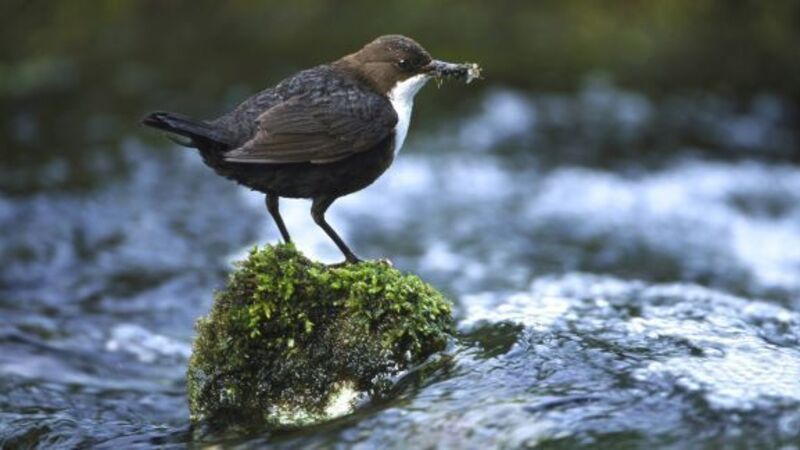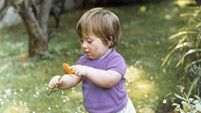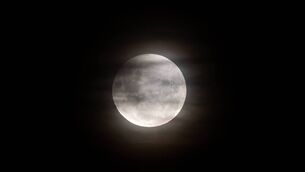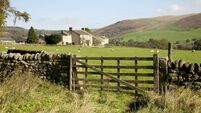Birds’ adaptation an eye-opener

But how did this change in colour come about? What possible advantage could it be to a jackdaw to have white eyes? Cambridge PhD student Gabrielle Davidson has tried to answer these questions. At the start of the breeding season, she placed colour photographs in a hundred jackdaw nest-boxes. Some pictures were blank. Others showed jackdaw eyes against a black background. A third group featured a jackdaw’s eyes and head while a fourth had a jackdaw’s face with the dark eyes of a rook. Davidson recorded the responses of jackdaws to the photos as they visited the nest-boxes. She found that birds tended to shun boxes where they encountered pictures of white eyes.
Jackdaws, unlike most other crows, nest in holes in trees, old buildings and chimneys. Such locations are dark, making it difficult for a prospecting bird to check if a box is already occupied. White eyes are easy to see against black plumage and a dark background. Davidson concluded that a nesting bird shows its face to a would-be intruder, the eyes providing the avian equivalent of an auctioneer’s ‘Sold’ notice. Jackdaw eyes, therefore, are not just organs of sight. They have a communications role as well.














